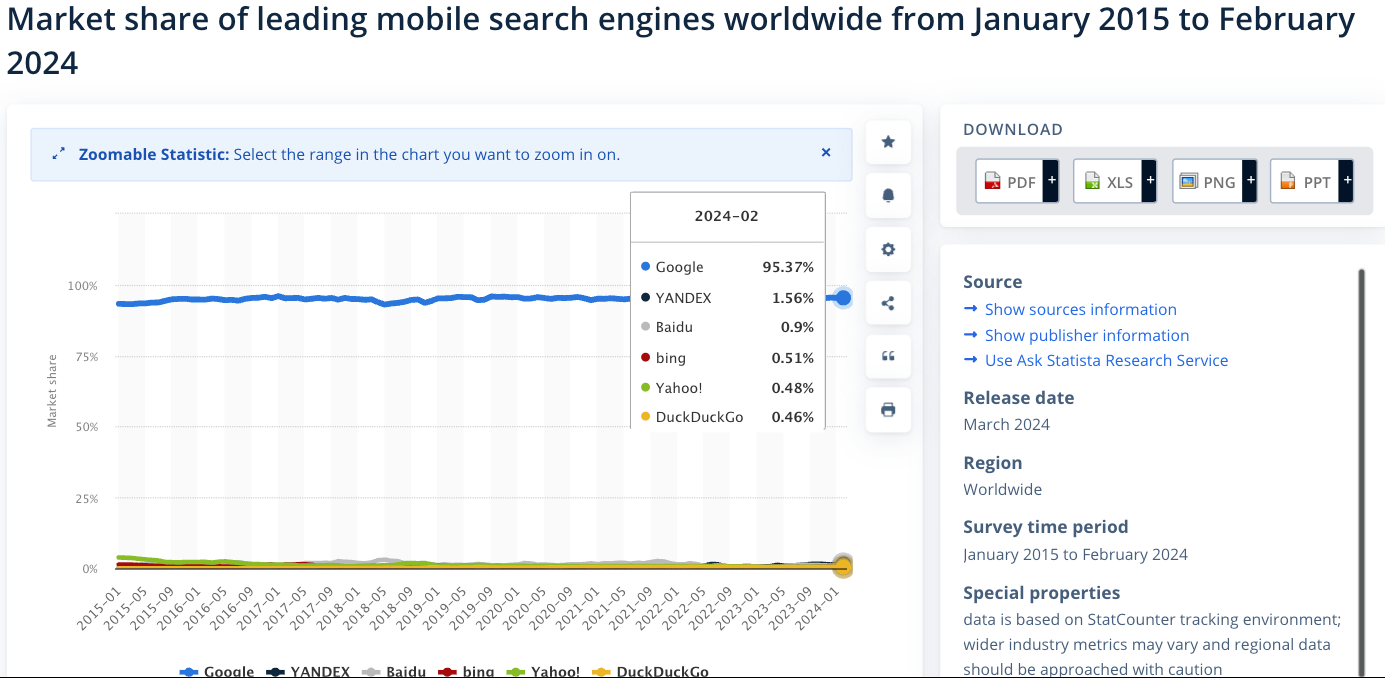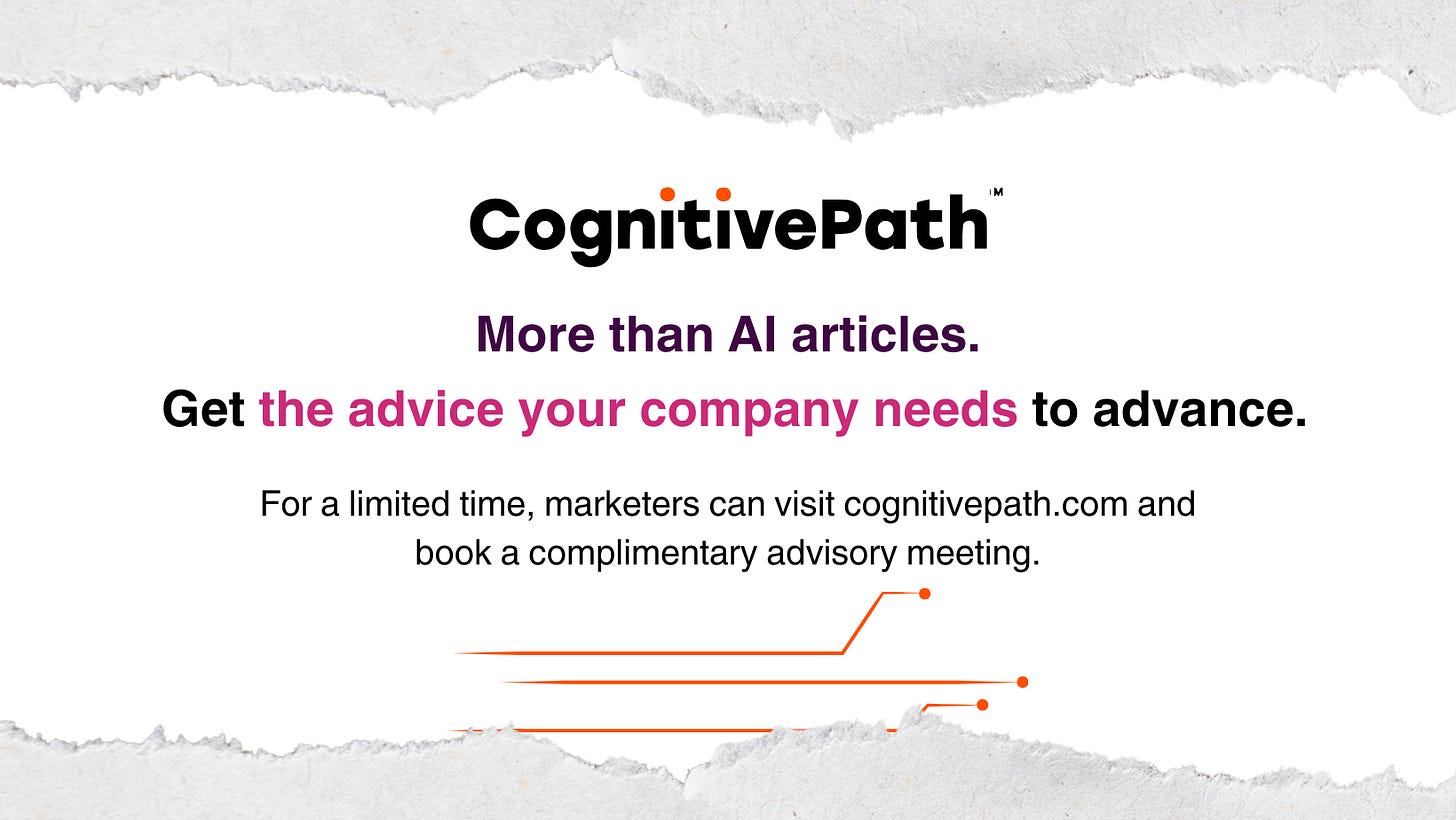Conventional search lets users type a query and find websites and articles with potential answers. In the new era of generative AI, search is evolving to provide answers to questions with referencable links to source websites and articles. Dubbed answer engines, this new product category for AI chatbots like OpenAI’s ChatGPT has several drivers and implications for marketing.
There are a few trends to consider when weighing the movement toward AI search:
The novelty of ChatGPT as a writer has worn off with the adoption of text-generating chatbots inside a wide variety of applications, from Microsoft Office to second-party trained wrappers like Jasper and everything in between. Further complicating matters, various viable domain-specific competitors have launched, including Writer and comprehensive competing algorithms from Anthropic, Google, and Mistral.
Google has fully integrated Gemini into search, matching competitors like Perplexity and beating OpenAI to market with its GPT-fueled search tool. As a result, Google is already training its billions of users to accept AI summaries. While Microsoft initiated the integration of Large Language Models (LLM) into search with GPT 4 into Bing, Google integration is far more impactful given its massive market share.
Text-generated AI summaries are increasingly expected to be sourced with links to content that informs the generative AI. While some answer engines like Perplexity have higher quality returns on their links, Gemini often renders errors with its links to sources. Qualitative link sourcing must improve for consumers to trust AI answer-enabled searches.
Answer engines are an old use case. One of the primary uses of voice bots like Siri and Alexa is to ask the bot questions and receive answers; this is a proven use case. Moving answer engines from Natural Language Processing (NLP) audio input to generative LLM algorithms with text input is a natural progression. So is the movement toward multimodal answer engines that can accept text, visual, and voice inputs and provide text, visual, and voice outputs.
Perhaps the most important of these trends is the first. Chat integration into work productivity applications for queries and writing is becoming widely adopted. Like the comment box and share widgets in social media applications 15 years ago, what was once novel is becoming expected. That makes most AI chatbot websites like ChatGPT, Claude, Gemini, and Perplexity in a highly competitive market that may be commoditized quickly.
Trends 2 and 4 hasten the adoption curve. Trend 3 may be the most important for marketers. If providing links to sources becomes the de facto mode for answer engines, marketers now have an opportunity to engage in a new form of SEO, seeking indexing via the variety of LLMs fueling the answer engines.
What Marketers Need to Know
In this section, we will briefly list some of the various answer engines out there and examine three big takeaways for marketers.
Keep reading with a 7-day free trial
Subscribe to The CognitivePath to keep reading this post and get 7 days of free access to the full post archives.






